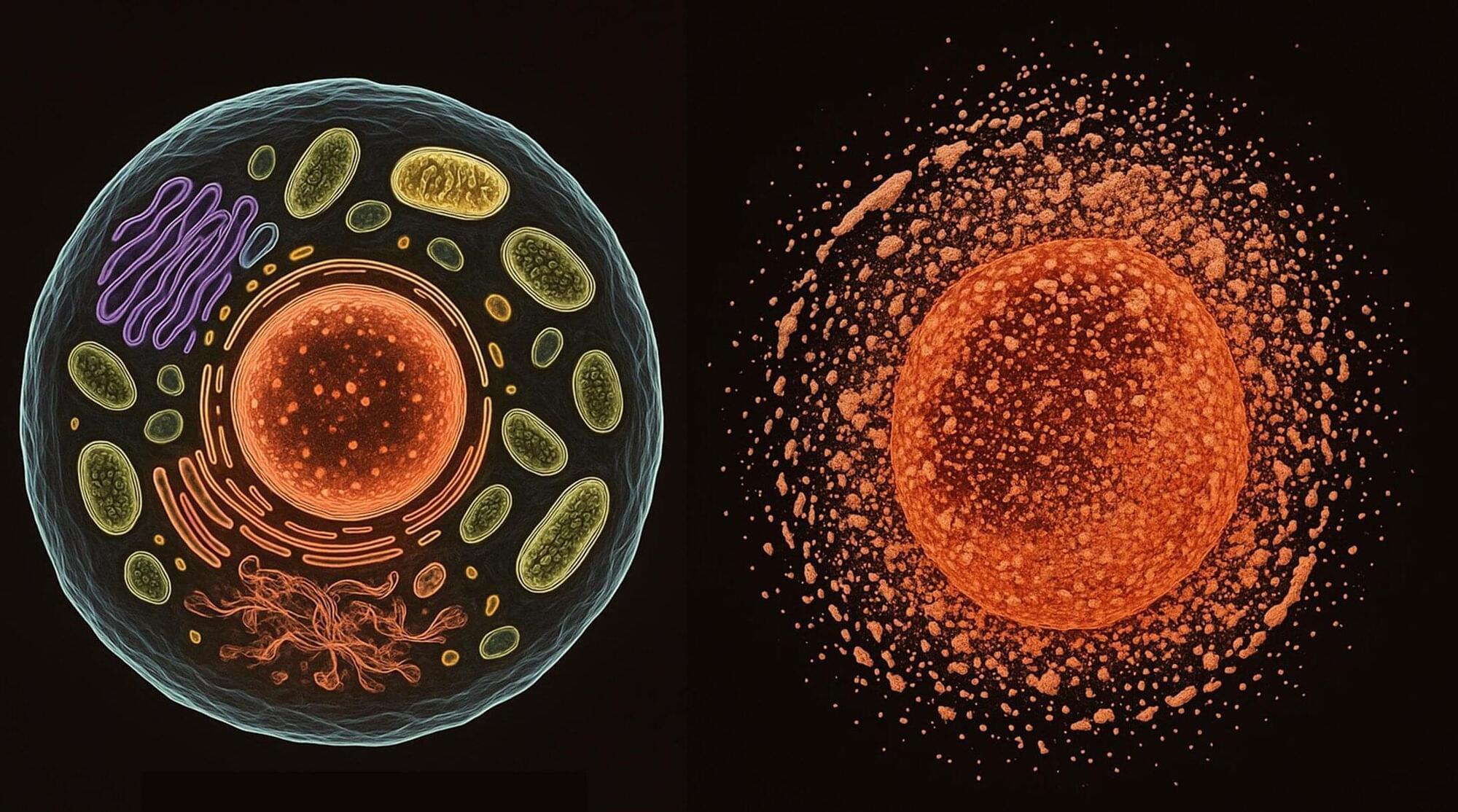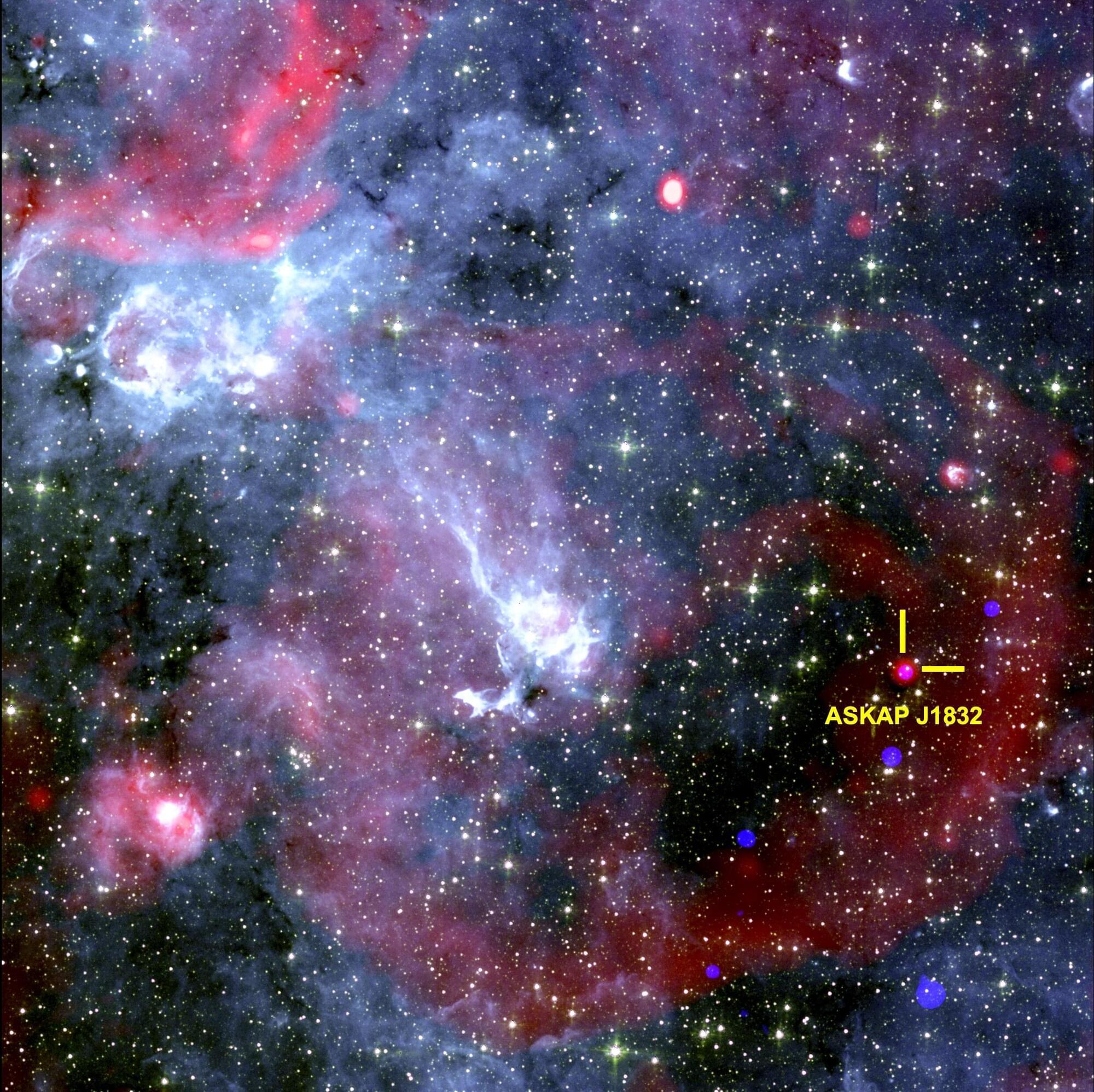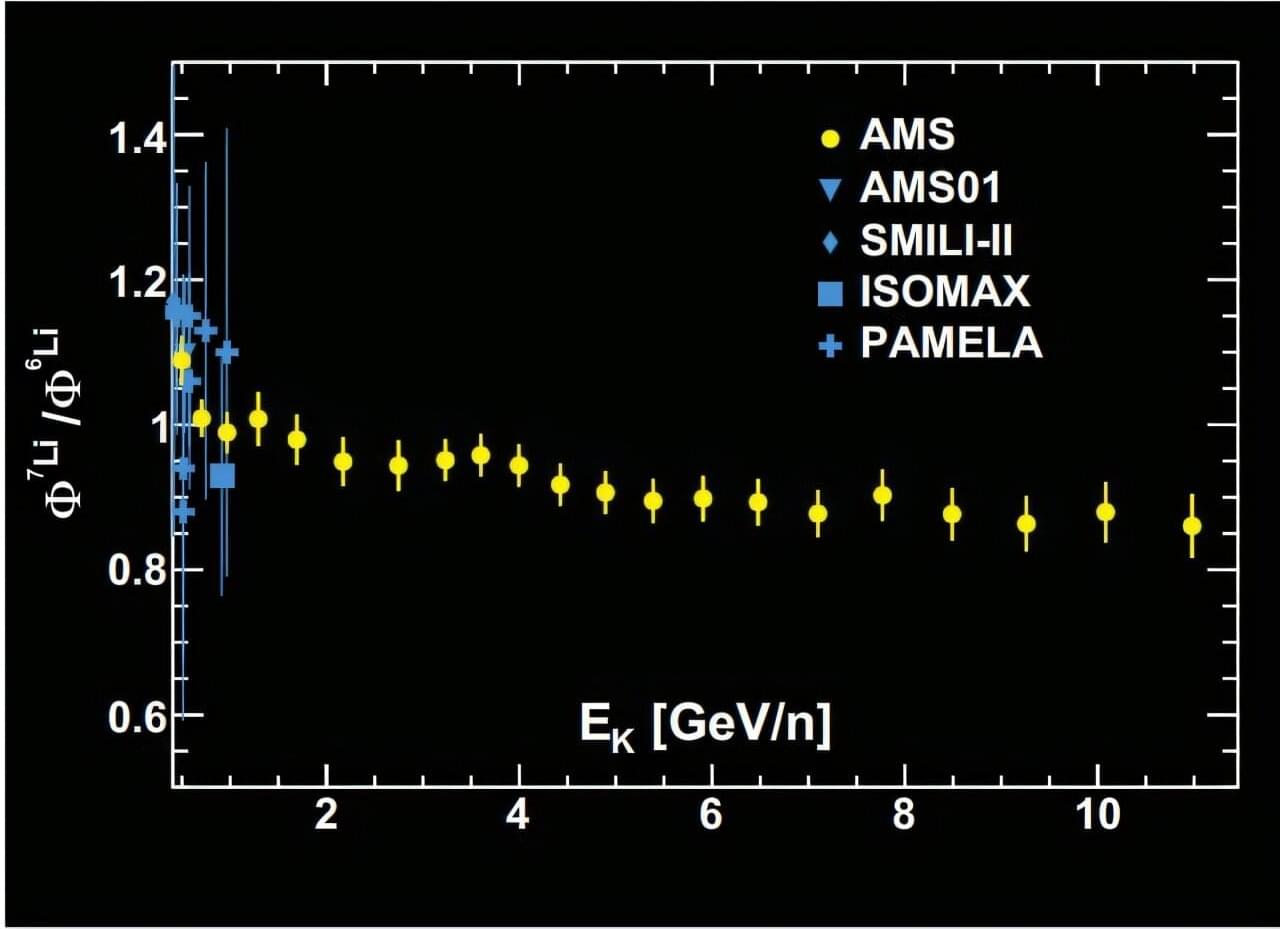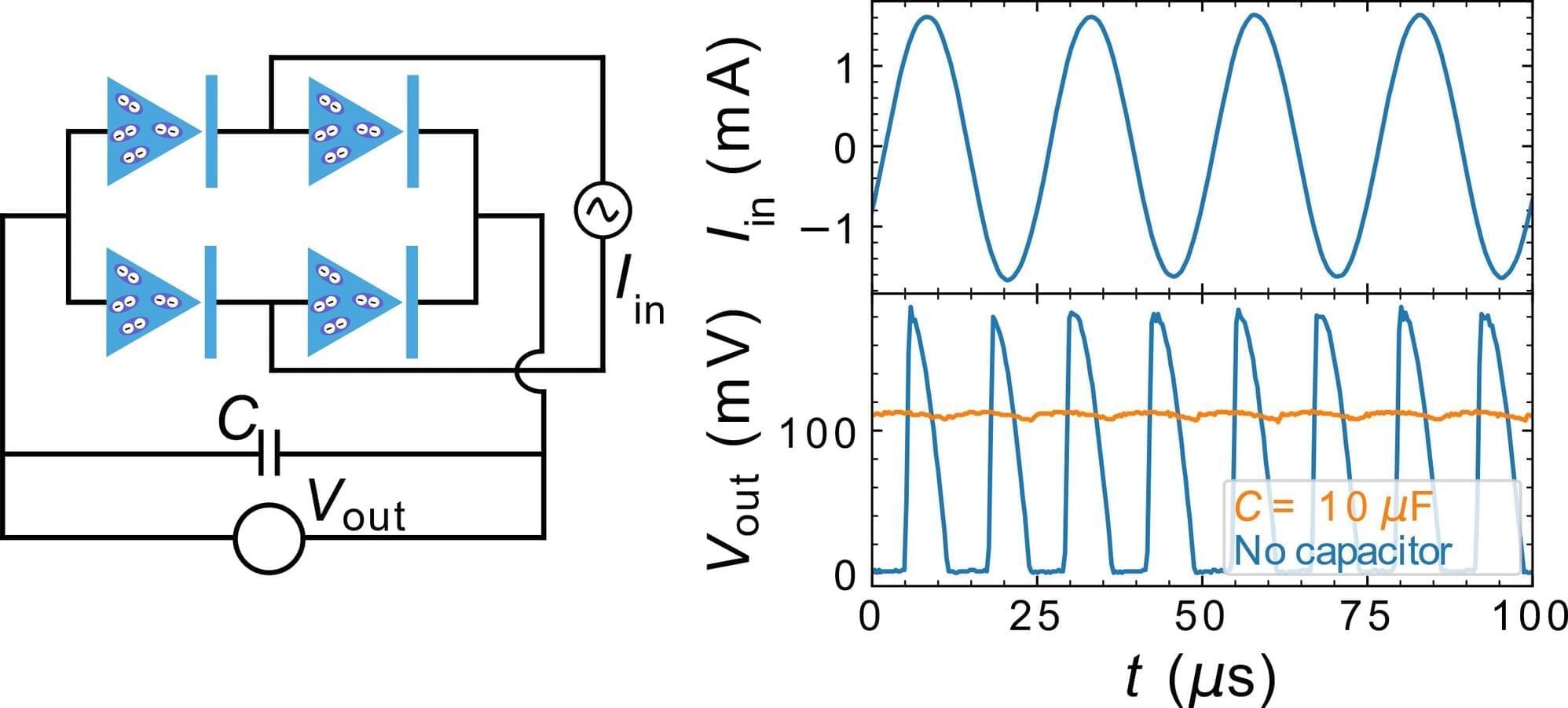There’s a deep human desire to know, to better understand the world, and for decision-makers within organizations to do that in a way that’s grounded in data and grounded in fact.



As the population ages, multimorbidity, or when a patient has multiple diseases at once, is becoming increasingly common. The onset of one disease increases the risk of developing other diseases, making it necessary to investigate how a range of risk factors together affect such accumulation. Prior studies have focused on individual risk factors and related individual diseases.
A study explored how the risk factors measured from birth to middle age and unmeasured, or latent, factors covering the entire lifespan predict and explain the incidence of chronic diseases in eight organ systems from middle to old age: the cardiovascular, metabolic, gastrointestinal, musculoskeletal, respiratory, neurological and psychiatric systems, and the sensory organs.
The study, published in The Lancet Healthy Longevity journal, analyzed 22 risk factors, including age, sex, early life (e.g., size at birth, early childhood growth, childhood wartime evacuee status), socioeconomic factors (e.g., socioeconomic status in childhood, income in adulthood), lifestyle factors (e.g., smoking, alcohol consumption, physical activity, diet), clinical measurements and biomarkers (e.g., body mass index, blood pressure, blood glucose).

Humans excel at performing complex tasks by leveraging long-term memory across temporal and spatial experiences. In contrast, current Large Language Models (LLMs) struggle to effectively plan and act in dynamic, multi-room 3D environments. We posit that part of this limitation is due to the lack of proper 3D spatial-temporal memory modeling in LLMs. To address this, we first introduce 3DMem-Bench, a comprehensive benchmark comprising over 26,000 trajectories and 2,892 embodied tasks, question-answering and captioning, designed to evaluate an agent’s ability to reason over long-term memory in 3D environments. Second, we propose 3DLLM-Mem, a novel dynamic memory management and fusion model for embodied spatial-temporal reasoning and actions in LLMs.

A team of researchers at AI Google Quantum AI, led by Craig Gidney, has outlined advances in quantum computer algorithms and error correction methods that could allow such computers to crack Rivest–Shamir–Adleman (RSA) encryption keys with far fewer resources than previously thought. The development, the team notes, suggests encryption experts need to begin work toward developing next-generation encryption techniques. The paper is published on the arXiv preprint server.
RSA is an encryption technique developed in the late 1970s that involves generating public and private keys; the former is used for encryption and the latter decryption. Current standards call for using a 2,048-bit encryption key. Over the past several years, research has suggested that quantum computers would one day be able to crack RSA encryption, but because quantum development has been slow, researchers believed that it would be many years before it came to pass.
Some in the field have accepted a theory that a quantum computer capable of cracking such codes in a reasonable amount of time would have to have at least 20 million qubits. In this new work, the team at Google suggests it could theoretically be done with as few as a million qubits—and it could be done in a week.

The process of necrosis, a form of cell death, may represent one of the most promising ways to change the course of human aging, disease and even space travel, according to a new study by researchers at UCL, drug discovery company LinkGevity and the European Space Agency (ESA).
In the study, published in Oncogene, an international team of scientists and clinicians explore the potential of necrosis —when cells die unexpectedly as a result of infection, injury or disease—to reshape our understanding and treatment of age-related conditions.
Challenging prevailing views, the paper brings together evidence from cancer biology, regenerative medicine, kidney disease, and space health to argue that necrosis is not merely an endpoint, but a key driver of aging that presents an opportunity for intervention.

Astronomers from the International Center for Radio Astronomy Research (ICRAR), in collaboration with international teams, have made a startling discovery about a new type of cosmic phenomenon.
The object, known as ASKAP J1832-0911, emits pulses of radio waves and X-rays for two minutes every 44 minutes.
The paper, “Detection of X-ray Emission from a Bright Long-Period Radio Transient,” is published in Nature.

The origin of lithium (Li), the third element of the periodic table, has long been shrouded in mystery. This element, commonly found in cosmic rays as two stable isotopes, 6 Li and 7 Li, is crucial to understanding the origins of the universe and the evolution of its chemical elements.
In a recent study, an international team of researchers used the Alpha Magnetic Spectrometer (AMS-02) aboard the International Space Station to measure the cosmic-ray fluxes of 6 Li and 7 Li based on data accumulated from May 2011 to October 2023.
Based on information from over 2 million nuclei amassed across 12 years, the team formulated a hypothesis that strengthens the case for one possible origin of lithium while challenging another previously accepted explanation.

Caffeine is not only found in coffee, but also in tea, chocolate, energy drinks and many soft drinks, making it one of the most widely consumed psychoactive substances in the world.
In a study published in Communications Biology, a team of researchers from Université de Montréal shed new light on how caffeine can modify sleep and influence the brain’s recovery—both physical and cognitive—overnight.
The research was led by Philipp Thölke, a research trainee at UdeM’s Cognitive and Computational Neuroscience Laboratory (CoCo Lab), and co-led by the lab’s director, Karim Jerbi, a psychology professor and researcher at Mila–Quebec AI Institute.

Superconductivity is an advantageous property observed in some materials, which entails an electrical resistance of zero at extremely low temperatures. Superconductors, materials that exhibit this property, have proved to be highly promising for the development of various electronic components for both classical and quantum technologies.
Researchers at Massachusetts Institute of Technology (MIT), University of California–Riverside and SEEQC Inc. recently introduced a new system comprised of four superconducting diodes (SDs), which are electronic devices that allow electric current to flow in only one direction and are made of superconducting materials.
Their superconducting diode bridge, introduced in a paper published in Nature Electronics, was found to perform remarkably well at cryogenic temperatures, achieving rectification efficiencies as high as 42% ± 5%.